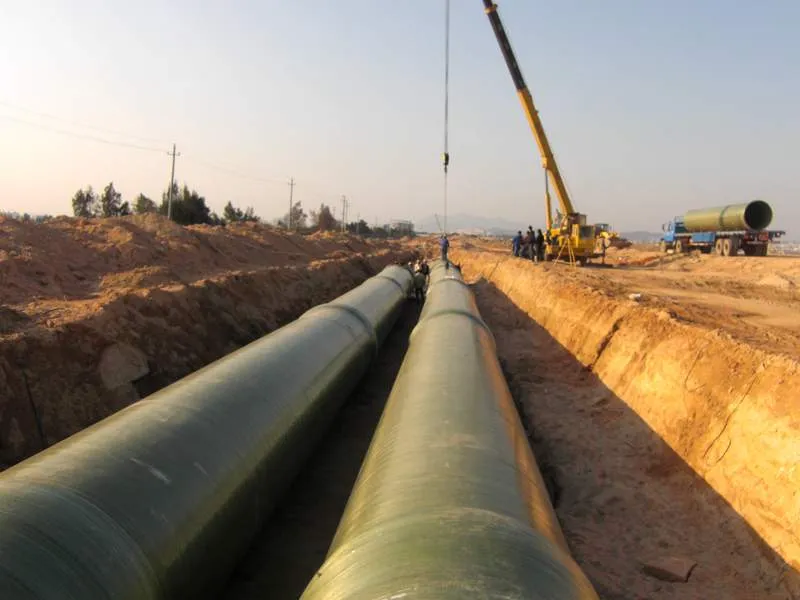
-
 Afrikaans
Afrikaans -
 Albanian
Albanian -
 Amharic
Amharic -
 Arabic
Arabic -
 Armenian
Armenian -
 Azerbaijani
Azerbaijani -
 Basque
Basque -
 Belarusian
Belarusian -
 Bengali
Bengali -
 Bosnian
Bosnian -
 Bulgarian
Bulgarian -
 Catalan
Catalan -
 Cebuano
Cebuano -
 China
China -
 China (Taiwan)
China (Taiwan) -
 Corsican
Corsican -
 Croatian
Croatian -
 Czech
Czech -
 Danish
Danish -
 Dutch
Dutch -
 English
English -
 Esperanto
Esperanto -
 Estonian
Estonian -
 Finnish
Finnish -
 French
French -
 Frisian
Frisian -
 Galician
Galician -
 Georgian
Georgian -
 German
German -
 Greek
Greek -
 Gujarati
Gujarati -
 Haitian Creole
Haitian Creole -
 hausa
hausa -
 hawaiian
hawaiian -
 Hebrew
Hebrew -
 Hindi
Hindi -
 Miao
Miao -
 Hungarian
Hungarian -
 Icelandic
Icelandic -
 igbo
igbo -
 Indonesian
Indonesian -
 irish
irish -
 Italian
Italian -
 Japanese
Japanese -
 Javanese
Javanese -
 Kannada
Kannada -
 kazakh
kazakh -
 Khmer
Khmer -
 Rwandese
Rwandese -
 Korean
Korean -
 Kurdish
Kurdish -
 Kyrgyz
Kyrgyz -
 Lao
Lao -
 Latin
Latin -
 Latvian
Latvian -
 Lithuanian
Lithuanian -
 Luxembourgish
Luxembourgish -
 Macedonian
Macedonian -
 Malgashi
Malgashi -
 Malay
Malay -
 Malayalam
Malayalam -
 Maltese
Maltese -
 Maori
Maori -
 Marathi
Marathi -
 Mongolian
Mongolian -
 Myanmar
Myanmar -
 Nepali
Nepali -
 Norwegian
Norwegian -
 Norwegian
Norwegian -
 Occitan
Occitan -
 Pashto
Pashto -
 Persian
Persian -
 Polish
Polish -
 Portuguese
Portuguese -
 Punjabi
Punjabi -
 Romanian
Romanian -
 Russian
Russian -
 Samoan
Samoan -
 Scottish Gaelic
Scottish Gaelic -
 Serbian
Serbian -
 Sesotho
Sesotho -
 Shona
Shona -
 Sindhi
Sindhi -
 Sinhala
Sinhala -
 Slovak
Slovak -
 Slovenian
Slovenian -
 Somali
Somali -
 Spanish
Spanish -
 Sundanese
Sundanese -
 Swahili
Swahili -
 Swedish
Swedish -
 Tagalog
Tagalog -
 Tajik
Tajik -
 Tamil
Tamil -
 Tatar
Tatar -
 Telugu
Telugu -
 Thai
Thai -
 Turkish
Turkish -
 Turkmen
Turkmen -
 Ukrainian
Ukrainian -
 Urdu
Urdu -
 Uighur
Uighur -
 Uzbek
Uzbek -
 Vietnamese
Vietnamese -
 Welsh
Welsh -
 Bantu
Bantu -
 Yiddish
Yiddish -
 Yoruba
Yoruba -
 Zulu
Zulu
drill rod connections understanding the basics and its ...
Understanding Drill Rod Connections The Basics and Beyond
In the realm of drilling operations, the efficiency and reliability of equipment play a pivotal role in ensuring successful outcomes. Among these vital components is the drill rod connection, a seemingly simple but crucial link in the drilling process. Understanding drill rod connections, their types, and their implications is essential for anyone involved in drilling activities, from engineers to operators.
Drill rods are elongated cylindrical tools used to transfer rotational energy and drilling fluids to the drill bit, facilitating the cutting and removal of material from the earth. Given their role, the effectiveness of drill rods significantly hinges on their connections. The connection typically refers to the interface where two drill rods join, which must be secure and capable of withstanding the rigors of drilling pressures, tensile forces, and environmental conditions.
Types of Drill Rod Connections
There are several types of drill rod connections, each designed with specific applications and conditions in mind. The most common types include
1. Tapered Connections These are characterized by a tapered end that fits into a corresponding tapered opening on another rod. This design allows for easy alignment and helps to maintain a tight fit under high torque conditions. Tapered connections are primarily used in applications where alignment is critical, such as in diamond drilling operations.
2. Threaded Connections This type involves rods with threaded ends that screw into one another. Threaded connections can provide a strong mechanical bond and are often found in applications requiring frequent rod replacement. However, they may require more maintenance to prevent wear and ensure a proper seal.
3. Welded Connections In some scenarios, rods may be welded together for permanent use. While this creates a strong connection, it sacrifices flexibility, as any damage to the rod will necessitate a complete replacement rather than a simple disconnection.
drill rod connections understanding the basics and its ...

*Considerations for Selecting Connections*
When choosing the appropriate drill rod connection, several factors come into play. The drilling environment is paramount; for instance, wet or abrasive conditions may require connections that can withstand wear and corrosion. The required torque and tensile strength must also be assessed; connections must be robust enough to handle the expected loads without failure.
Moreover, the frequency of changeouts during drilling operations can influence this decision. If rods need to be replaced frequently, ease of connection is essential, steering operators towards threaded connections that facilitate quick and efficient changes.
Maintenance and Best Practices
Proper maintenance of drill rod connections is critical for ensuring operational efficiency and extending the service life of the rods. Regular inspections should focus on identifying wear, corrosion, and any signs of fatigue at the connections. Keeping threads clean and lubricated can help prevent binding and ensure a smooth connection.
Operators should also adhere to best practices when making connections. Ensuring alignment and not over-torquing connections can prevent premature failures. In addition, following manufacturer guidelines for torque specifications and change intervals helps maintain safety and efficiency in drilling operations.
Conclusion
In conclusion, drill rod connections may seem like a minor component in the broader scope of drilling, but their impact on operational success cannot be overstated. Understanding the various types of connections, considerations for selection, and maintenance practices are essential for maximizing the efficiency and safety of drilling operations. As technology advances, ongoing education and adaptation in this area will continue to play a crucial role in fostering improvements in drilling techniques and efficiencies, ultimately contributing to the success of various drilling projects across the globe.









